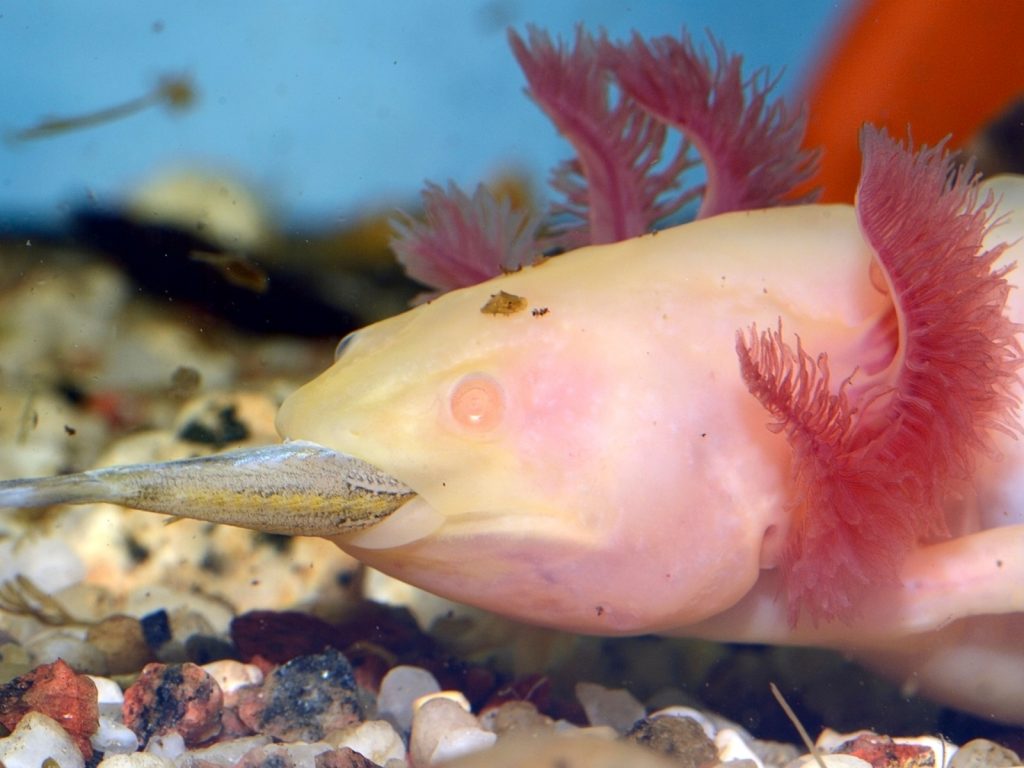As someone who’s always been captivated by the wonders of nature, I have to say, axolotls are some of the most intriguing creatures I’ve ever come across. These little aquatic salamanders, with their permanent smiles and feathery gills, seem like something out of a fantasy novel. But what really blows me away is their incredible ability to regenerate almost any part of their body—something we humans can only dream of.
Hailing from the ancient lakes of Mexico, axolotls aren’t just eye-catching pets; they’re also superstars in the world of science. Their regenerative powers are the stuff of legend, making them a crucial subject for researchers trying to unlock the secrets of healing and regrowth. And as much as I adore their quirky, almost cartoonish looks, it’s their unique abilities that truly set them apart.
Axolotls Are Studied for Their Potential in Regenerative Medicine
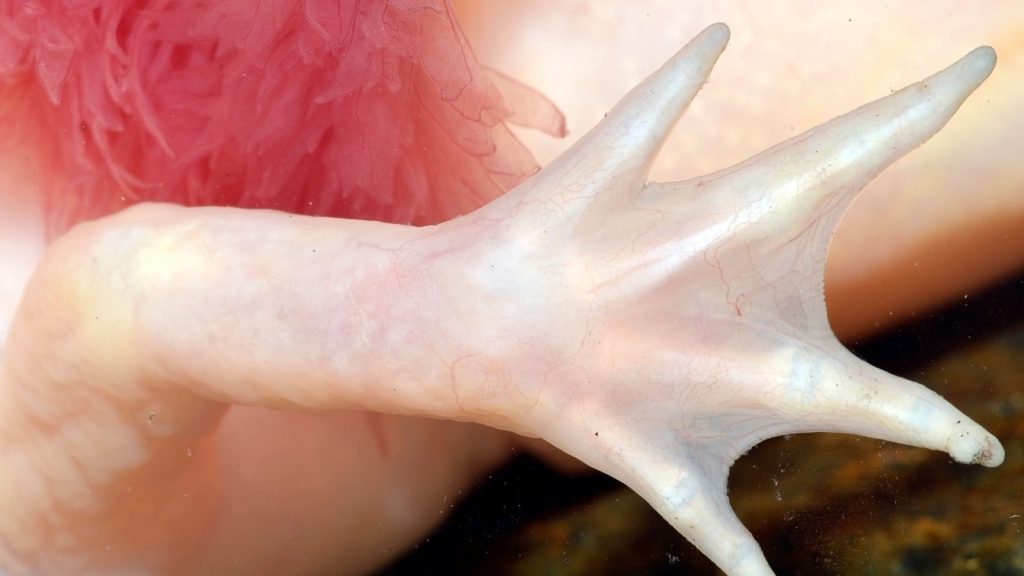
Axolotls’ incredible regenerative abilities make them valuable in scientific research, especially in regenerative medicine. By studying how they regrow lost body parts, scientists hope to develop new treatments for human conditions like spinal cord injuries, neurodegenerative diseases, and organ damage.
They Can Grow Up to a Foot Long
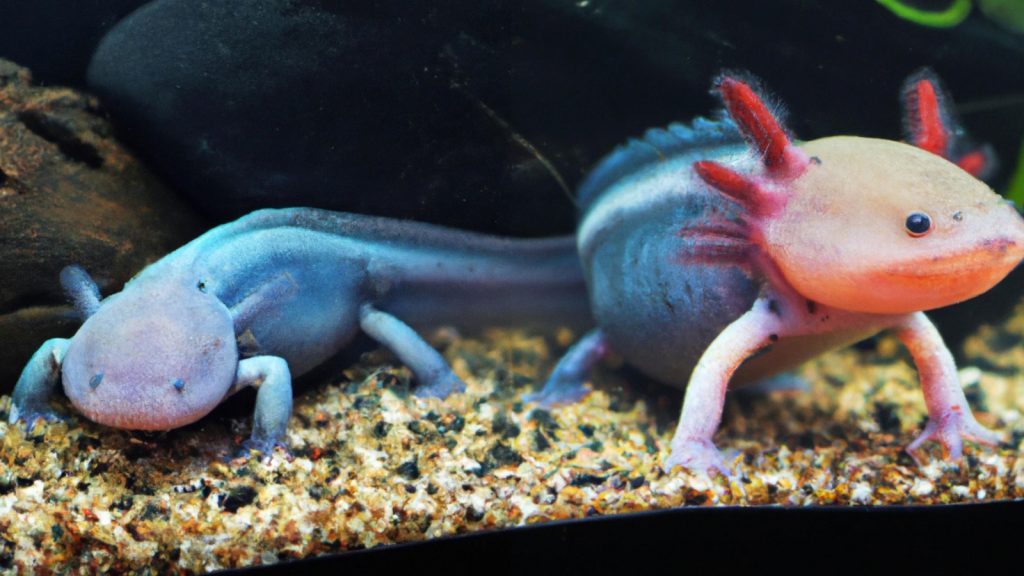
Axolotls can grow up to 12 inches (30 cm) long. Their size and unique appearance make them popular pets, but they need special care and a good aquatic environment to stay healthy.
Axolotls Are Critically Endangered in the Wild
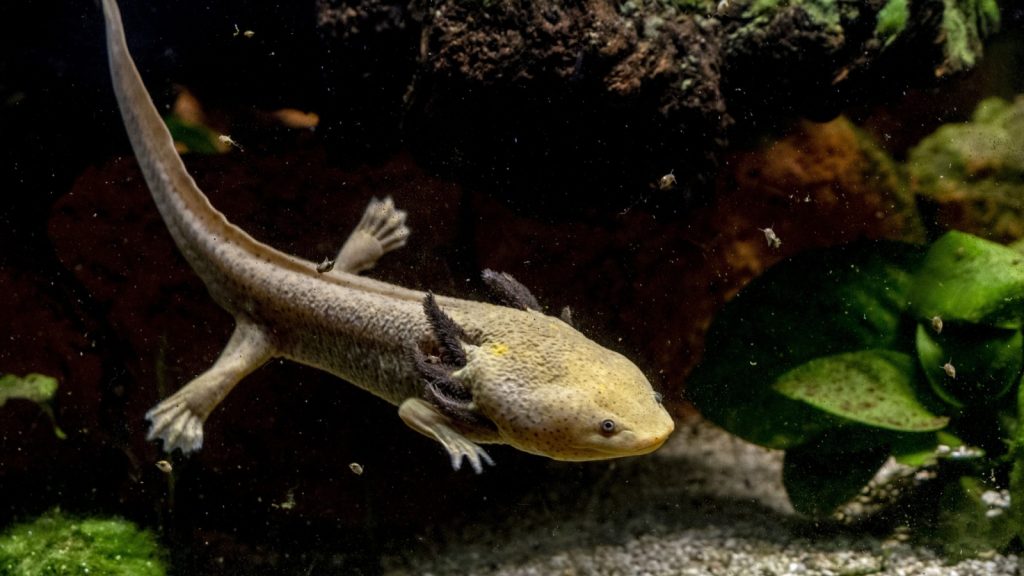
Axolotls live only in Lake Xochimilco in Mexico City. Habitat loss, pollution, and invasive species have drastically reduced their wild population, making them critically endangered.
Axolotls Are Carnivorous
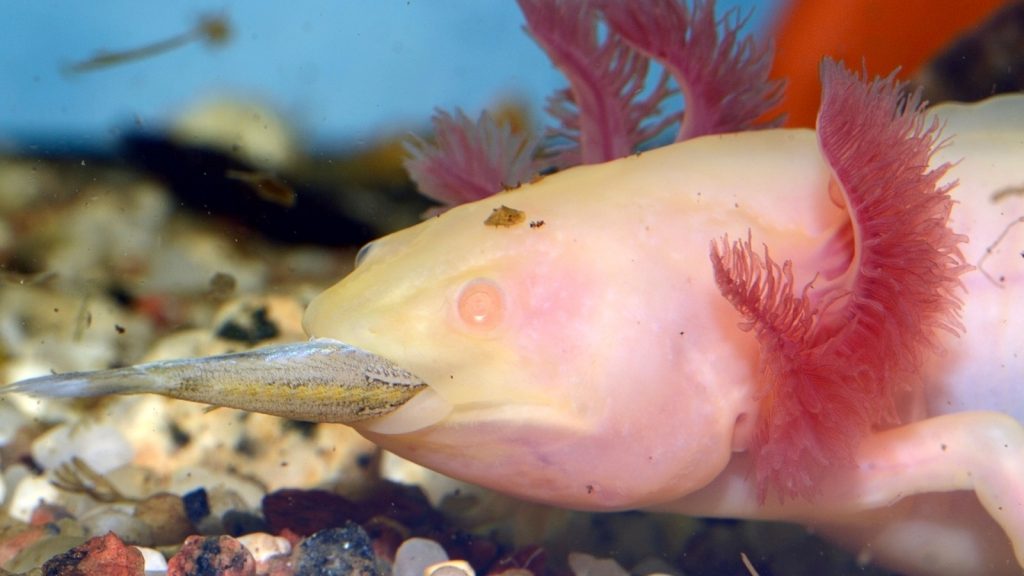
Axolotls eat a variety of prey, like small fish, worms, insects, and crustaceans in the wild. In captivity, they can be fed axolotl pellets, live or frozen foods like bloodworms and brine shrimp.
They Have a Unique Hunting Technique
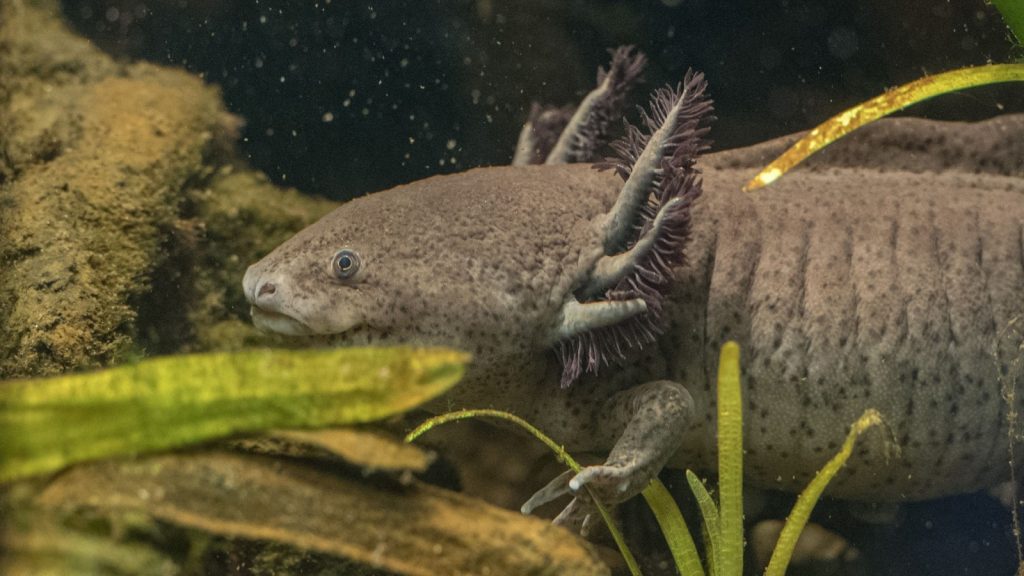
Axolotls hunt by using suction to draw food into their mouths, creating a powerful vacuum by quickly opening and closing their jaws. This helps them capture prey efficiently in the water.
Axolotls Have a Long Lifespan
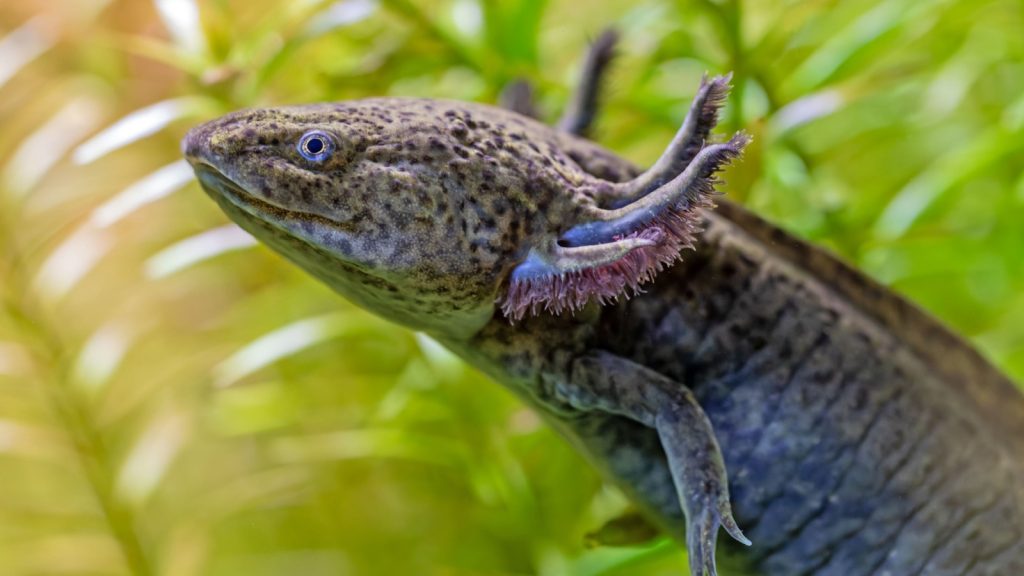
With proper care, axolotls can live up to 15 years or more in captivity, making them a long-term commitment for pet owners.
They Come in a Variety of Colors
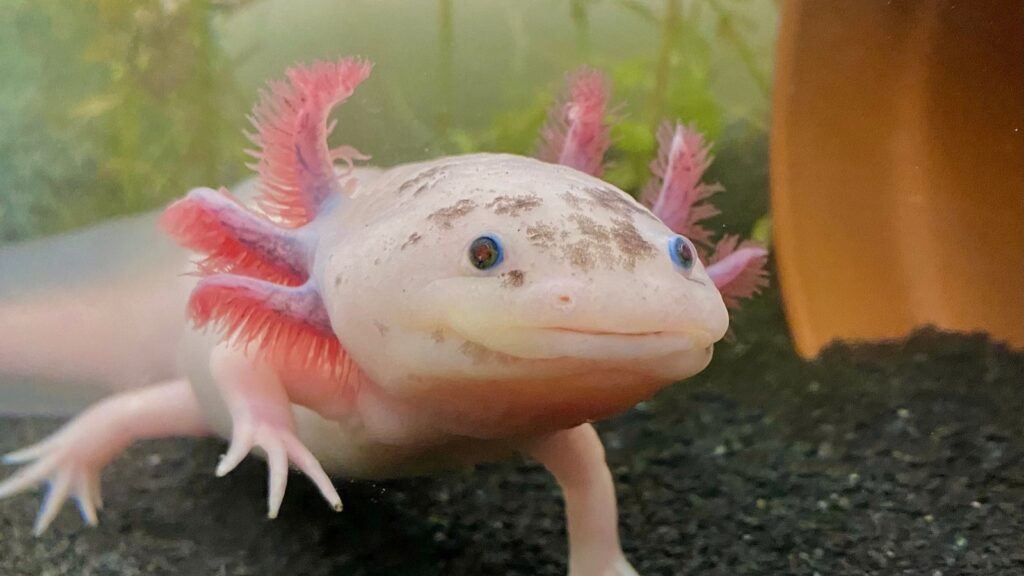
Wild axolotls are usually dark brown or black, but captive-bred ones come in many colors, like white, golden, leucistic (white with black eyes), and pink. These color variations are due to selective breeding and are popular among axolotl fans.
They Can Regenerate Almost Any Body Part
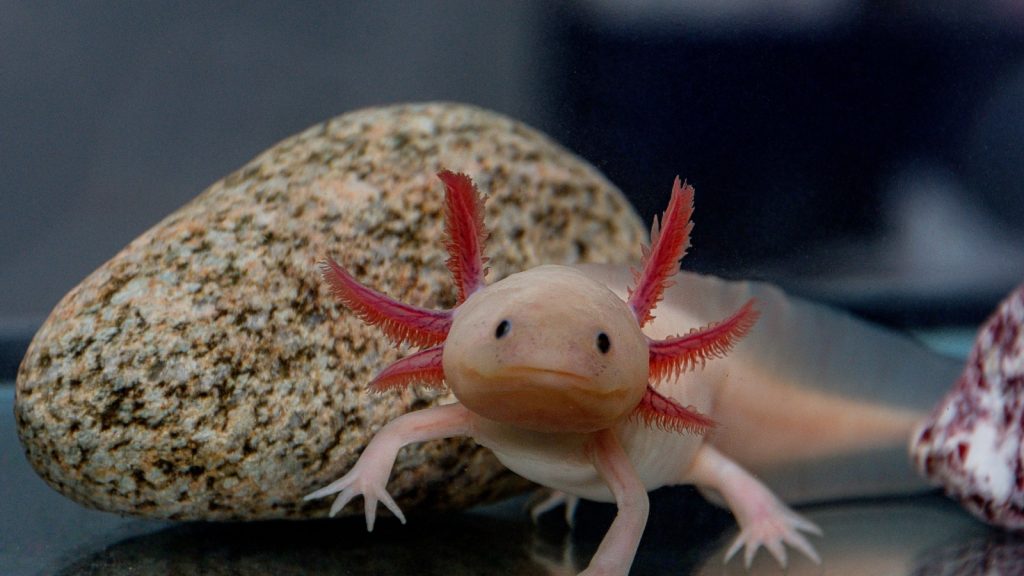
Axolotls can regrow lost body parts, including limbs, organs, and even parts of their brain. This amazing ability makes them important for scientific research, with the hope of advancing human medicine.
Axolotls Exhibit Neoteny
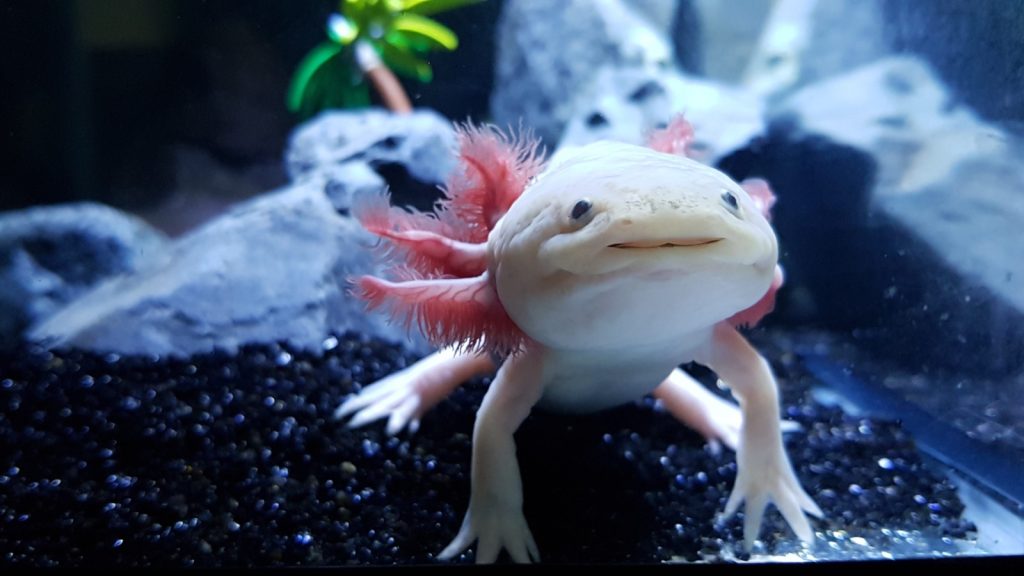
Neoteny means retaining juvenile features into adulthood. Axolotls keep their larval traits, like external gills and a finned tail, throughout their lives. They usually don’t undergo metamorphosis in the wild.
Axolotls Have Poor Eyesight
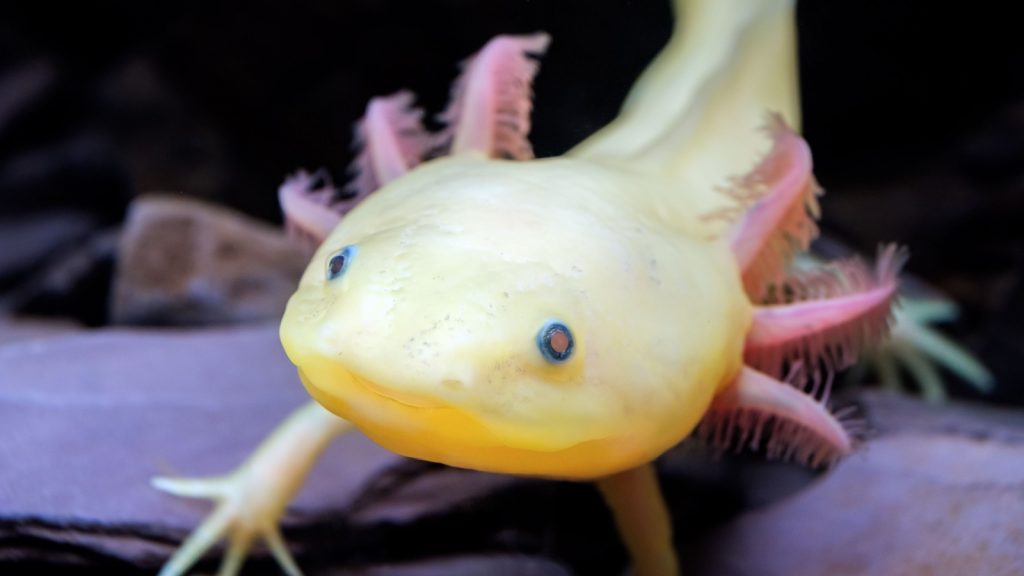
Axolotls have poor eyesight and rely more on their sense of smell and lateral line system (a sensory organ that detects movement in the water) to navigate and find food.
They Are Important in Aztec Mythology
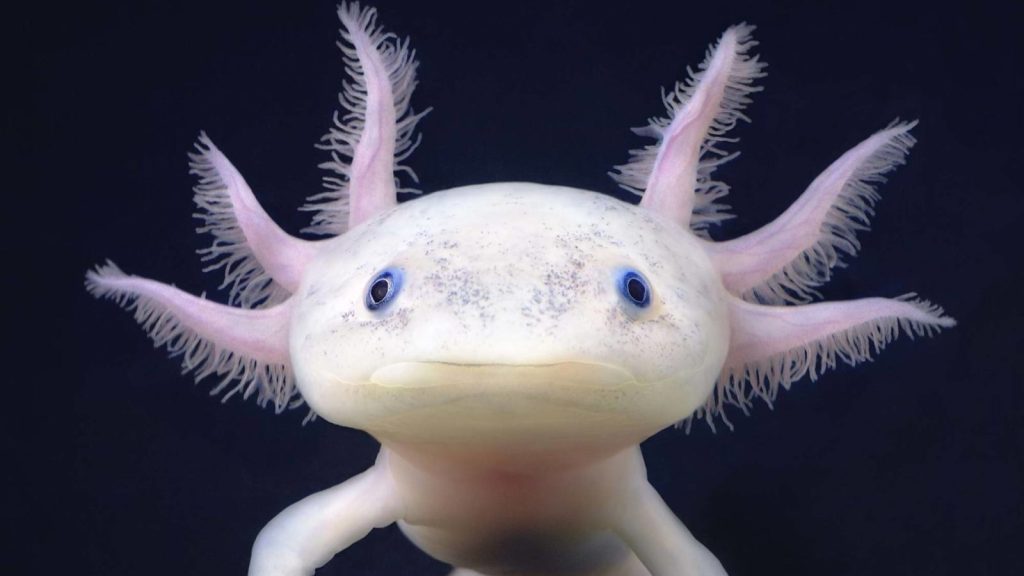
In Aztec mythology, axolotls are linked to the god Xolotl, who transformed into an axolotl to avoid being sacrificed. The name “axolotl” comes from the Aztec language Nahuatl, meaning “water monster.”
Axolotls Have a Cartilaginous Skeleton
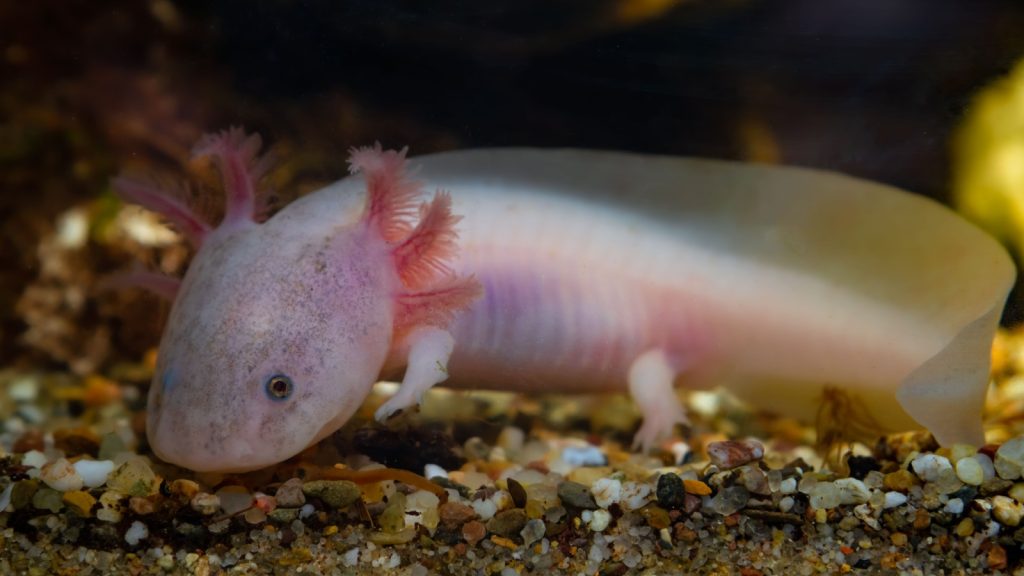
Unlike many other amphibians, axolotls have a skeleton made mostly of cartilage instead of bone. This helps them keep their larval features and aids their regenerative abilities.
They Are Social Animals
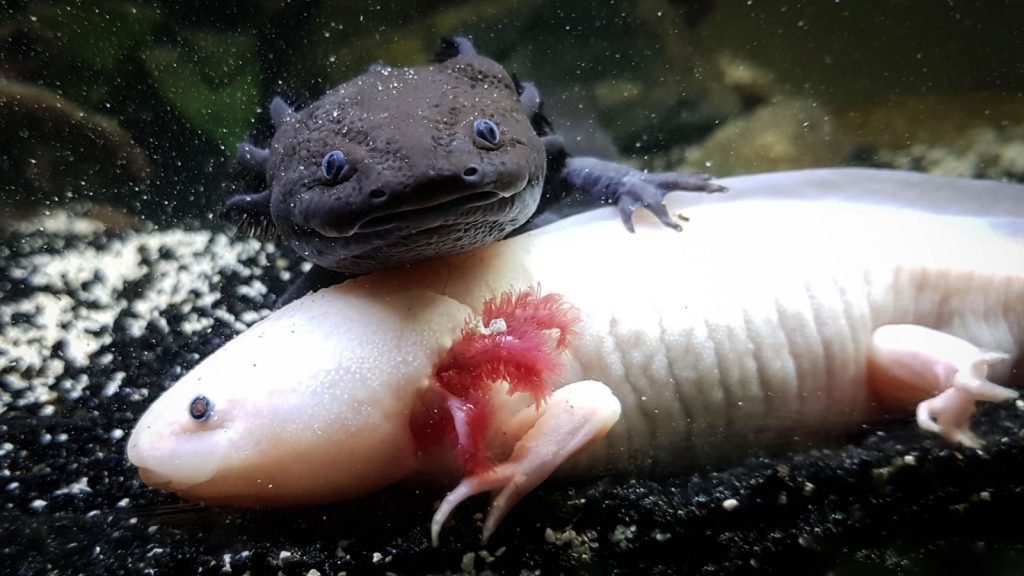
Axolotls are usually peaceful and can be kept together in groups if they have enough space and resources. However, it’s important to keep axolotls of similar sizes together to avoid larger ones eating smaller ones.
Axolotls Breathe Through External Gills
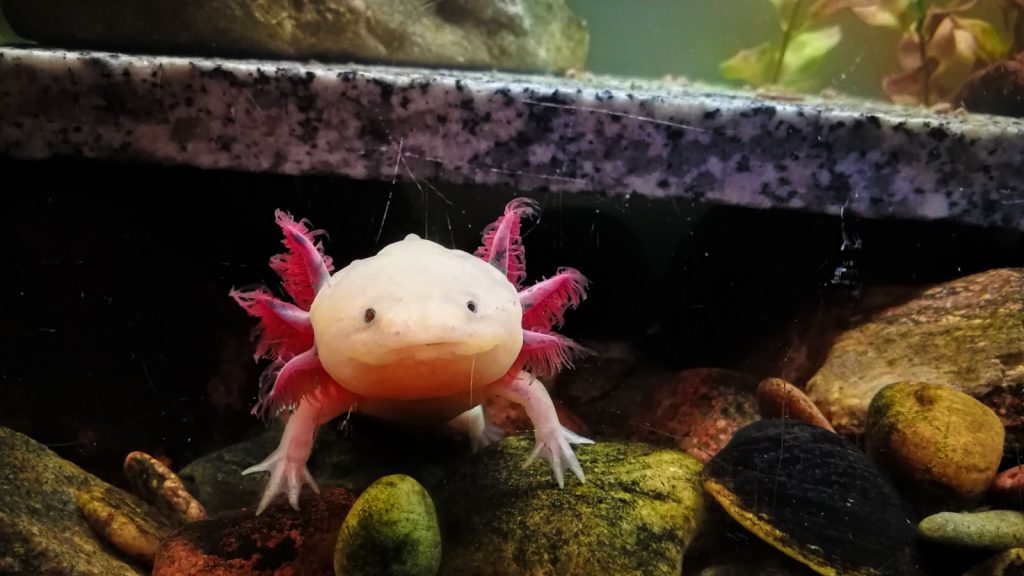
The feathery structures on an axolotl’s head are external gills, not ears. These gills allow axolotls to absorb oxygen directly from the water, letting them stay fully aquatic throughout their lives.
They Are Sensitive to Water Quality
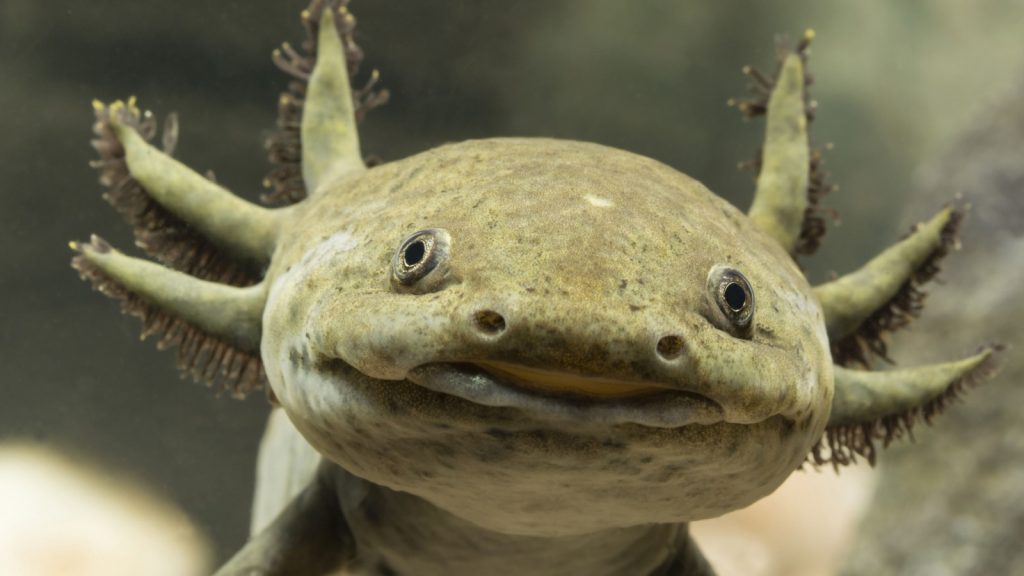
Axolotls need clean water to thrive. Poor water quality can cause stress, disease, and even death, so regular tank maintenance and water testing are crucial for their care.

